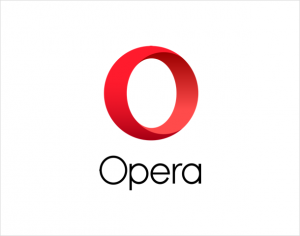
initiative for better ads but where are the better ads themselves? Instead, we see a primer on how to convince users to disable adblocking. It’s 2016, and we believe it’s time for ads to be lighter and faster. People are clearly sending a signal to brands and advertisers that the current situation must change. In a study conducted by PageFair/Adobe, the number of people using adblockers grew by 41% worldwide between 20, with 98% of those users on computers. That’s why more and more people use ad-blocking software. Another rising concern is privacy and tracking of your online behavior. Today, bloated online ads use more download bandwidth than ever, causing webpages to load more slowly, at times covering the content that you’re trying to see or trying to trick you into clicking “fake download buttons”. In time, though, they turned out to be one of the major annoyances of web browsing. Ever since then, ads have helped the web grow, giving people free access to millions of websites. The first online advertisement appeared on the web as early as in 1994. People really want ad-blocking technologyĪds have been an important part of the internet since its very beginning.

We are the first major browser vendor to integrate an ad-blocking feature, but this development should be a no surprise to anyone given the rising popularity of ad-blocking software and even Apple allowing it on its platform. “Native” means unmatched speed vs extensions, since the blocking happens at the web engine level. Today, we wanted to share with you a native ad-blocking technology in our Developer channel for Opera for computers. If there were no bloated ads, some top websites would load up to 90% faster.


 0 kommentar(er)
0 kommentar(er)
